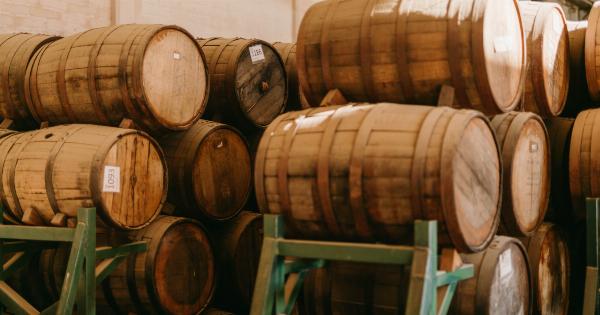Our bodies are composed of trillions of cells that work together to carry out various functions.
But have you ever wondered how long these cells actually live for? From the moment we are born, our cells undergo a continuous cycle of growth, replication, and death. This article will delve into the intriguing lifespan of our cells, exploring their journey from new to old.
Cell Division: The Beginning of Life
The lifespan of a cell begins with its division. When a new organism is formed, it starts as a single cell that undergoes numerous divisions to form a complex organism consisting of billions of cells.
This process, known as cell division, involves two main types: mitosis and meiosis.
The Marvelous Process of Mitosis
Mitosis is the type of cell division that allows our bodies to grow and replace damaged or old cells.
It occurs in somatic cells, which make up the majority of cells in our body, and entails a series of steps leading to the production of two identical daughter cells.
Step 1: Interphase
Interphase is the preparatory stage of cell division. During this phase, the cell grows, carries out its normal functions, and replicates its DNA in preparation for division. It can be further divided into three subphases: G1, S, and G2.
Step 2: Prophase
Prophase marks the beginning of the visible steps of mitosis. The replicated DNA condenses into visible chromosomes, the nuclear membrane starts to break down, and the centrioles move to opposite poles of the cell.
Step 3: Metaphase
In metaphase, the chromosomes align along the equatorial plane of the cell. This alignment is crucial for ensuring the equal distribution of genetic material to the daughter cells.
Step 4: Anaphase
Anaphase is characterized by the separation of sister chromatids. The centromeres split, allowing the two sets of chromosomes to move towards the opposite poles of the cell.
Step 5: Telophase
Telophase is the final stage of mitosis. The chromosomes reach the opposite poles of the cell, the nuclear membrane reforms around each set, and the chromosomes decondense. This marks the completion of the division process.
Cytokinesis: The Splitting of Cells
Following the completion of mitosis, cytokinesis occurs. It is the physical division of the cell, resulting in the separation of the cytoplasm and the formation of two distinct daughter cells.
Each daughter cell contains an identical set of chromosomes and is ready to embark on its own journey.
Cell Senescence: Aging and Accumulated Damage
While mitosis replenishes our body with new cells, some cells can only divide a limited number of times. As we age, our cells slowly lose their ability to divide and enter a state called senescence.
This phenomenon is primarily attributed to the shortening of telomeres, which are protective caps at the ends of chromosomes.
Introducing Telomeres: Guardians of Our Cells
Telomeres play a crucial role in preserving the integrity of our genetic material. With each round of division, telomeres naturally shorten. Once they reach a critically short length, cells enter senescence and can no longer divide.
This intrinsic mechanism prevents the accumulation of damaged cells and reduces the risk of cancer development.
The Hayflick Limit: A Cellular Countdown
The number of times a cell can divide is often referred to as the Hayflick limit. Named after Dr. Leonard Hayflick, who discovered this phenomenon, it represents the maximum lifespan of a cell.
For humans, the Hayflick limit is approximately 50 divisions, although it can vary depending on individual factors and cell types.
The Role of Telomerase: Immortality vs. Cancer
Remarkably, some cells possess an enzyme called telomerase, which can lengthen telomeres and extend the lifespan of cells. Telomerase is particularly active in stem cells, germ cells, and most cancer cells.
While its presence may seem advantageous, it can also contribute to uncontrolled cell division and tumor formation.
Aging and the Decline in Cell Regeneration
As our cells reach their Hayflick limit, our bodies experience a decline in cell regeneration. This decline is one of the primary factors underlying the aging process.
It leads to the loss of tissue elasticity, reduced organ function, and an increased susceptibility to diseases.
Conclusion
The lifespan of our cells encompasses a fascinating journey from birth to death. Through the process of mitosis, our cells divide and replace damaged or old ones, allowing us to grow and maintain our bodies.
However, the inherent limitations imposed by telomeres ultimately lead to cell senescence and aging. Understanding the lifespan of our cells provides valuable insights into the aging process and the importance of maintaining cellular health.






























